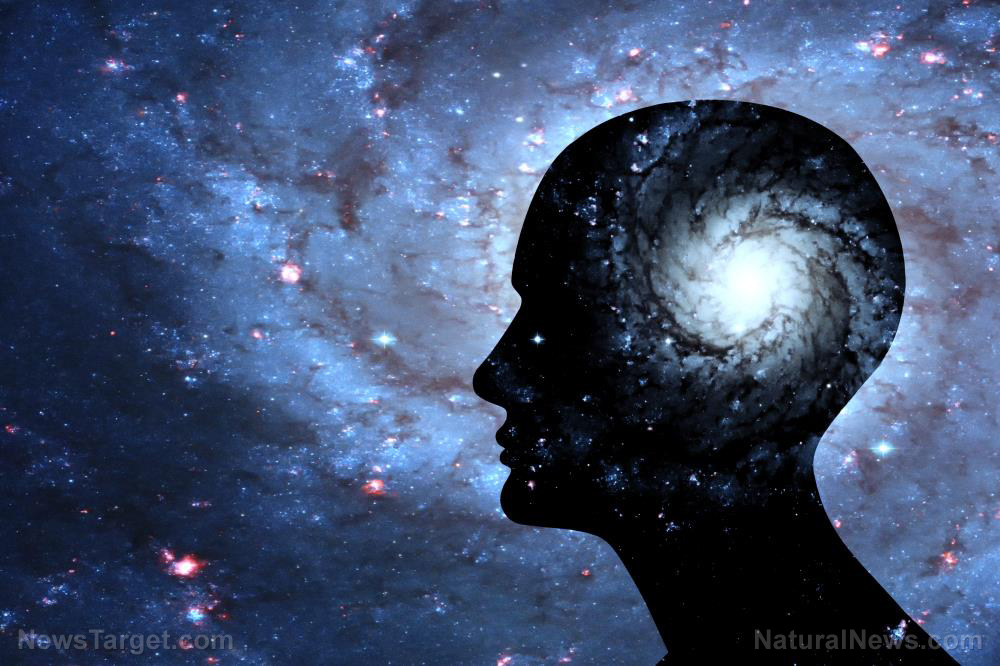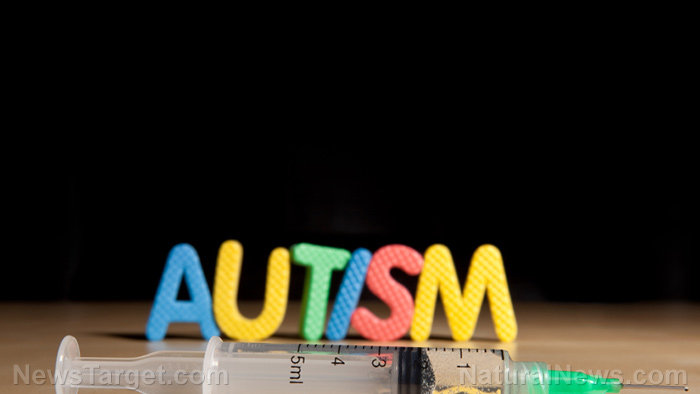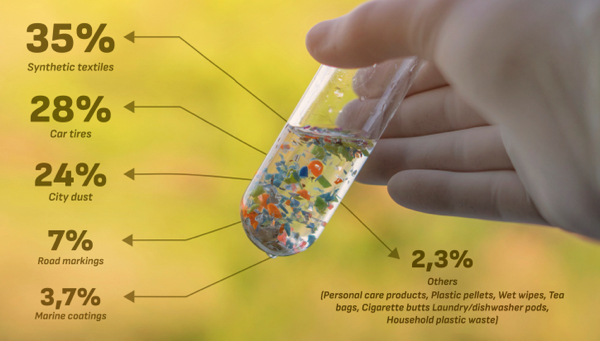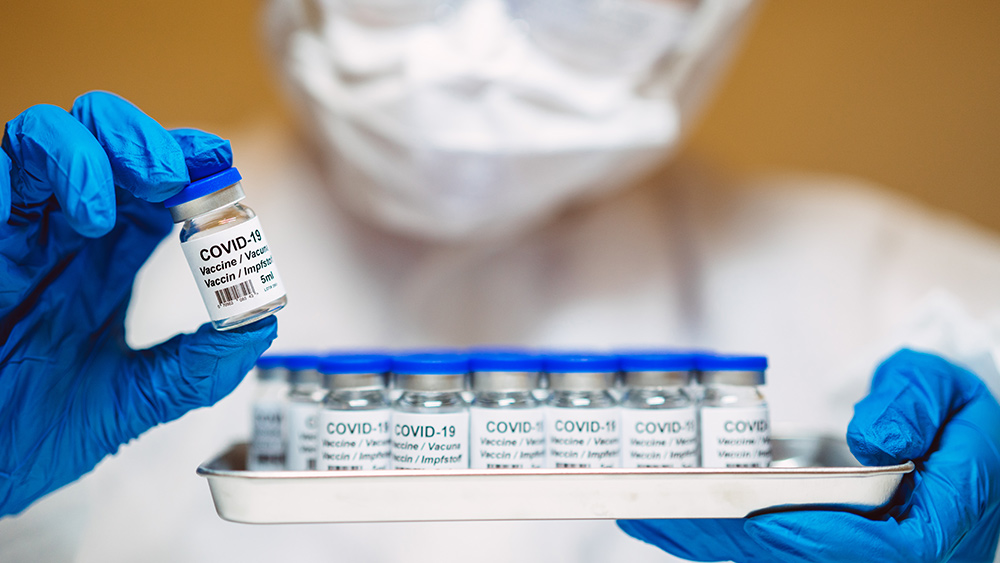 Parler
Parler Gab
Gab
- New experiments suggest human consciousness may stem from quantum processes in brain microtubules, linking individuals to a universal energy field.
- Studies on rats show stabilized microtubules delay anesthesia effects, supporting the Orch OR theory that conscious moments arise from quantum wave collapses.
- Photosynthesis in plants and entanglement in myelin sheaths hint at quantum coherence’s role in sustaining life and consciousness at biological temperatures.
- Critics question whether quantum effects directly drive consciousness or merely coexist, emphasizing the need for more direct evidence.
- Advances in quantum detection (e.g., terahertz scanners) aim to observe consciousness signatures, offering future breakthroughs in medicine and neurotechnology.
Microtubules and the anesthesia tests: A rat study challenges the status quo
The latest frontier in this debate arose from experiments with rats at Wellesley College, where microtubules—the cylindrical scaffolding in neurons—were stabilized using drugs. When exposed to isoflurane, anesthesia caused treated rats to remain conscious 69 seconds longer than untreated controls. This delay aligns with the Orchestrated Objective Reduction (Orch OR) theory, first proposed by Penrose and Hameroff in the 1990s. Their model posits that consciousness arises when quantum systems in microtubules undergo wave function collapses, generating subjective moments. The rat study demonstrated that microtubules “ aren’t mere bystanders,” said neuroscientist Mike Wiest. By stabilizing these protein tubes, researchers delayed the loss of the righting reflex—a hallmark of remnants of consciousness. Critics argue anesthetics also affect classical pathways like GABA receptors, but this experiment isolates microtubules as a key player. Wiest emphasized the implications: “The mind, as a quantum phenomenon, would reshape questions about whether coma patients or animals are conscious.”Quantum coherence found in even warm brain tissue
Skeptics long dismissed quantum consciousness as implausible because quantum coherence typically requires near-absolute-zero temperatures. Yet life itself thrives at room temperature, and studies suggest biology hijacks quantum quirks to sustain vitality. In 2024, the University of Central Florida observed quantum re-emission in microtubules lasting hundreds of milliseconds—a “human response time,” noted Tuszynski. Meanwhile, a 2022 brain temperature study showed deep-brain regions operate at 104°F (40°C), yet cognition persists. This mirrors photosynthesis, where plants achieve 95% efficiency by superposing light-energy paths simultaneously. The myelin sheath, which insulates neurons, further bridges the gap between physics and biology. A 2024 Physical Review E paper revealed myelin may create cylindrical cavities producing entangled photons at body temperature, a “loophole” letting quantum signals endure. These findings weaken the argument that brain warmth invalidates quantum consciousness.Is consciousness linked to the universe?
Quantum entanglement—the “spooky” connection between distant particles—suggests consciousness might transcend individual brains. Penrose’s equations imply entanglement could stretch across interstellar distances, embedding mind as a cosmic-level phenomenon. This echoes Edward Lorenz’s “strange attractors,” fractal pathways that Palmer’s invariant set theory frames as universes sharing geometric trajectories. “The excitations from light in microtubules may hold quantum states longer than in chlorophyll,” said Tuszynski, extending quantum persistence far beyond prior expectations. Such coherence could mean every conscious experience links to a universal energy field, echoing centuries of spiritual teachings.Skepticism persists, but data accumulates
While proponents see a paradigm shift, others remain cautious. Neuroimaging has mapped consciousness without invoking quantum mechanics, leaving room for classical explanations. “Quantum effects remain subtle and overlap with biology,” noted one physicist. Critics demand repeatable, distinct predictions to move from philosophy to proof. Yet engineers are closing gaps: terahertz scanners aim to detect microtubule vibrations during anesthesia or sleep. Early tests show electromagnetic signals vanish under anesthetic and rebound upon waking—a potential “consciousness signature.” If validated, these tools could revolutionize anesthetics, neurological therapies, and perhaps even quantum networks mirroring the brain’s efficiency.A new era for understanding the mind’s place in the cosmos
Whether consciousness is a universal quantum phenomenon or a clever cellular program remains unresolved. But the growing evidence—from rat studies to myelin’s entanglement potential—is reshaping the conversation from “if” to “how.” As Wiest observed, this research offers more than scientific curiosity; it challenges humanity’s view of itself. If we’re interconnected at a fundamental level, the loneliness of a Newtonian universe dissolves—ushering in a world where science and spirituality converge on a shared truth: we are woven into a tapestry infinitely larger than ourselves. Sources for this article include: Earth.com PopularMechanics.com FanaticalFuturist.comAmericans’ average attention span plummets to just 47 seconds, new survey finds
By Laura Harris // Share
Governments continue to obscure COVID-19 vaccine data amid rising concerns over excess deaths
By patricklewis // Share
Tech giant Microsoft backs EXTINCTION with its support of carbon capture programs
By ramontomeydw // Share
Germany to resume arms exports to Israel despite repeated ceasefire violations
By isabelle // Share










